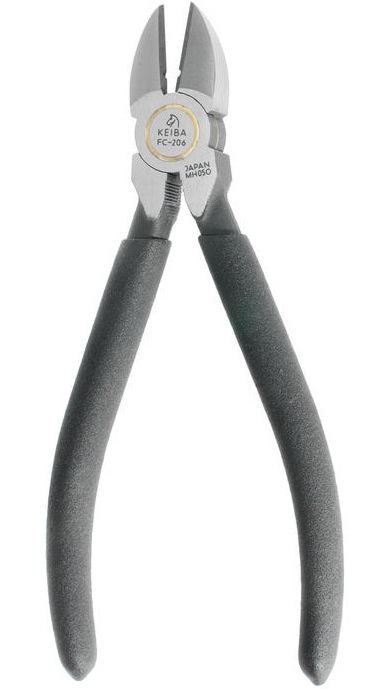

8. Hacksaw
These are great for cutting metal objects such as pipes, bolts and brackets.
Hacksaws look thin and flimsy, but they’ll easily cut through even the hardest of metals. Blades are replaceable, so focus your purchase on a quality hacksaw frame.
9. Torpedo Level
Only a level can be used to determine if something, such as a shelf, appliance or picture, is correctly oriented. The torpedo-style level is unique because it not only shows when an object is perfectly horizontal or vertical, but it also has a gauge that shows when an object is at a 45-degree angle. The bubble in viewfinder must be exactly in the middle, not merely close.
10. Safety Glasses / Goggles
For all tasks involving a hammer or a power tool, you should always wear safety glasses or goggles. They should also be worn while you mix chemicals.
11. Claw Hammer
A good hammer is one of the most important tools you can own. Use it to drive and remove nails, to pry wood loose from the house, and in combination with other tools. They come in a variety of sizes, although a 16-ounce hammer is the best all-purpose choice.
12. Screwdriver Set
It is best to have four screwdrivers: a small and large version of both a flat-head and a Phillips- head screwdriver. Electrical screwdrivers are sometimes convenient, but they're no substitute. Manual screwdrivers can reach into more places and they are less likely to damage the screw.
sometimes convenient, but they're no substitute. Manual screwdrivers can reach into more places and they are less likely to damage the screw.
14. Respirator / Safety Mask
While paints and other coatings have become less toxic (and lead-free) over time, most still contain dangerous chemicals, which is why you should wear a mask to avoid accidentally getting them in your lungs. A mask should also be worn when working in dusty or dirty environments. Disposable masks usually come in packs of 10 and should be thrown away after use. Full and half-face respirators can be used to prevent the inhalation of very fine particles that ordinary facemasks will not not stop.
15. Duct Tape
This tape is extremely strong and adaptable. Originally, it was widely used to make temporary repairs to many types of military equipment. Today, it’s one of the key items specified for home emergency kits because it is water-resistant and extremely sticky.



Residential & Commercial Inspections
Infrared Thermal Imaging Services
www.EnergyScanIR.com
(energy-loss survey)
www.BlockWallScanIR.com
(structural & insulation quality survey)
www.EquineIR.com
Office 732-758-9887 Cell 732-245-9817
NJ Home Inspector Lic#GI371
NJ DEP Radon MET11140
Certified Infrared Level One Thermographer No.7406
Certified Member of INACHI #NACHI05031062

No comments:
Post a Comment